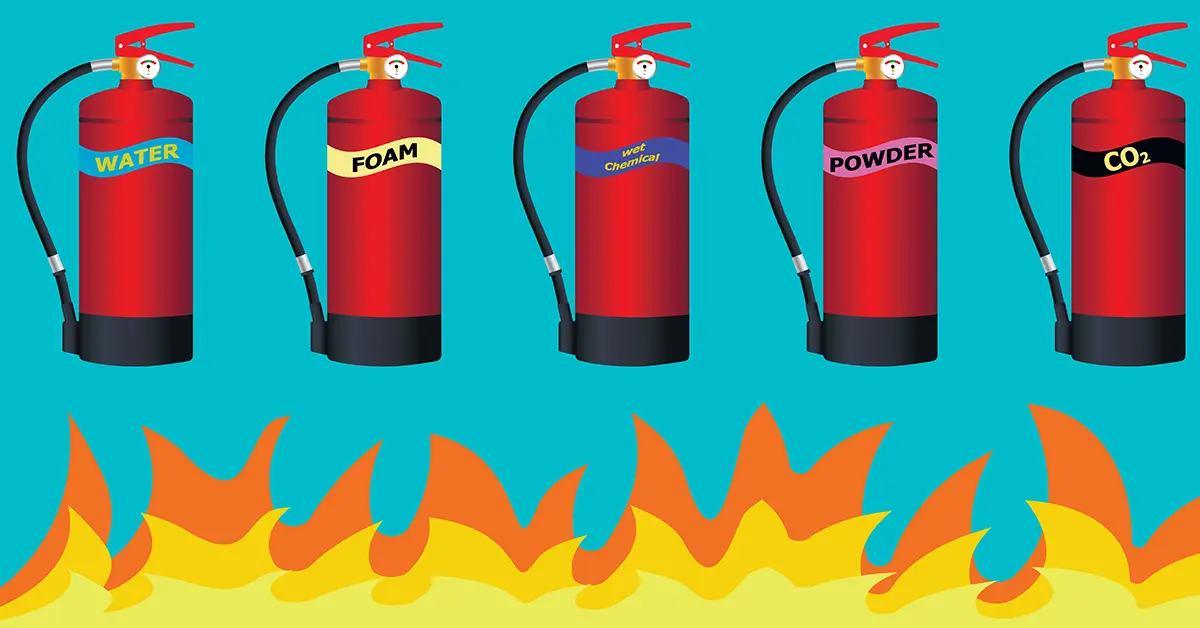Do you know how to work a fire extinguisher in case of a fire? To be prepared for unpredictable emergencies, Northland Fire recommends familiarizing yourself with your fire extinguisher, as well as the different types of fires they are used to put out.
If you look at a fire extinguisher, you'll notice there are a series of symbols denoting what type of fire that particular model can extinguish. Depending on what kind of facility you work in, your fire extinguisher will have the following types of fire listed on its label:
Class A: This type of fire is caused by combustible materials like paper, cloth, and wood.
Class B: More serious than a fire involving wood or paper, a Class B fire is fueled by flammable liquids like oil or gasoline.
Class C: If you experience an electrical fire, it's a Class C fire. Your extinguisher will work for flames occurring on fuse boxes, appliances, and wiring.
Class D: This fire is caused by combustible metals like sodium or magnesium.
Class K: For fires that occur on the stovetop, like burning oil or grease, a fire extinguisher must include a Class K symbol.
In addition to these single use extinguishers, some fire extinguishers carry multiple symbols representing the different types of fires they can handle. Once you've determined the type of fire you are experiencing, verify you have the correct fire extinguisher to douse that particular fire.
For help selecting the right fire extinguisher for your office or to install a fire alarm or suppression system, contact Northland Fire today. To see a full list of their products and services, visit the website.
